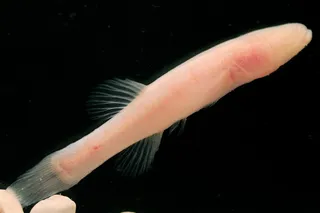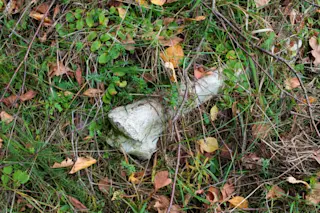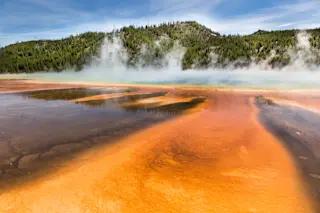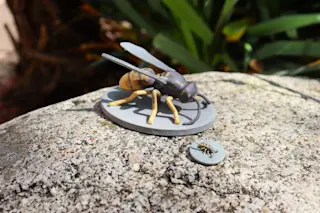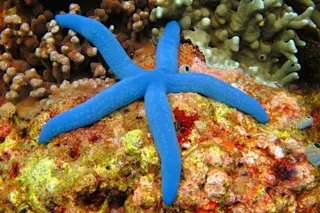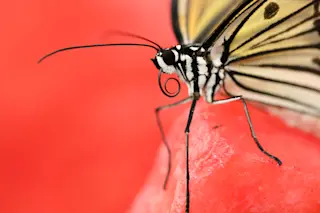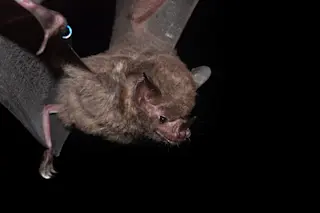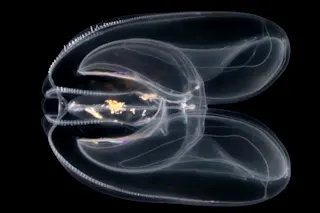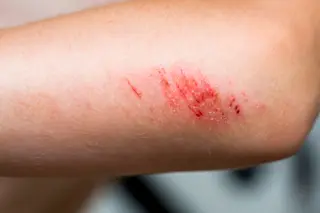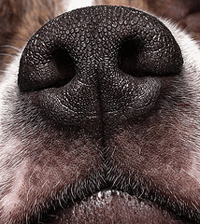
We knew that bacteria could stink, but new research asks if bacteria can smell. A study published today argues that Bacillus licheniformis found in soil can sense ammonia given off by neighboring bacteria. Though we might turn our noses when we smell the gases given off by neighbors, the bacteria respond to ammonia by building a thick biofilm coating. The research appears today in Biotechnology Journal. Previous studies have shown that bacteria can sense gases such as oxygen, but this is the first study to argue that bacteria can smell, since ammonia has a scent. Lead author Reindert Nijland explains that bacteria break the pungent gas down for its useful nitrogen, so an ammonia-detector and biofilm response might be a useful survival tool. He even suggests that this might be the earliest example of olfaction in evolutionary history.
"Ammonia is the simplest available nitrogen source," Nijland said. "All organisms need nitrogen to produce their proteins." The ammonia is thought to signal both the presence of nutrients and the presence of other bacteria, since the biofilms Bacillus species produce in response to ammonia contain antibiotics that can kill competing bacteria. And the ability to "smell" ammonia "gives bacteria a way to sense nutrients where nutrients are and then migrate towards them," he said. [The Scientist]
Nijland describes the discovery of the bacteria's apparent sense of smell as accidental. The researchers set out to test biofilm growth by placing bacteria in isolated but neighboring spots with varying growing conditions. The bacteria that produced the thickest red biofilm neighbored the well of bacteria metabolizing growth media with ammonium sulphate, which they converted into ammonia. Since the two sets of bacteria were not connected, they think the best biofilm producers sensed the ammonia from the other bacteria through the air.
To save space in the laboratory, the researchers decided to create two kinds of growing conditions for the common soil bacterium Bacillus licheniformis using a single microtiter plate—a plastic tray with 96 little wells. In all the wells on the left side of the plate the researchers grew bacteria in a complex nutrient-rich medium; in the right half they used a medium that contained fewer nutrients, but was specifically designed to stimulate the biofilm growth.... [T]he researchers observed a gradient: the cultures toward the middle of the plate, nearest to the left-side bacteria feasting on the nutrient-rich medium, oozed the most slime and took on a pinkish tint. Those cultures farthest from the well-fed bacteria on the rightmost side of the plate were least slimy and least pink. [Scientific American]
Given previous work showing that bacteria can sense gases, some argue that the study isn't really that surprising, and question if the bacteria are truly "smelling." But whether the bacteria are truly smelling or simply sensing, the researchers believe that their new understandings may help them curb these biofilms' production and infection caused when the bacteria form biofilms on surfaces such as medical devices.
"Other researchers might criticize the use of the term 'olfaction'," Nijland adds. "If you define it as sensing a volatile molecule, that is exactly what we observed." He hopes that the results will lead to strategies for combating biofilms, which resist antibiotics and make disease-causing bacteria more dangerous. [Nature News]
Related content: 80beats: Arsenic-Eating Bacteria May Resemble Early Life on Primordial Earth 80beats: Bacteria Slow Down by Shifting Gears 80beats: Analyzing the Smell of an Old Book to Give It a Checkup 80beats: In Controversial Scent Lineups, a Dog’s Nose Picks Out the Perp Science Not Fiction: Battlestar Galactica: Self-Repairing Materials The Loom: Slime vs Dinosaur
Image: flickr / Mark Watson


